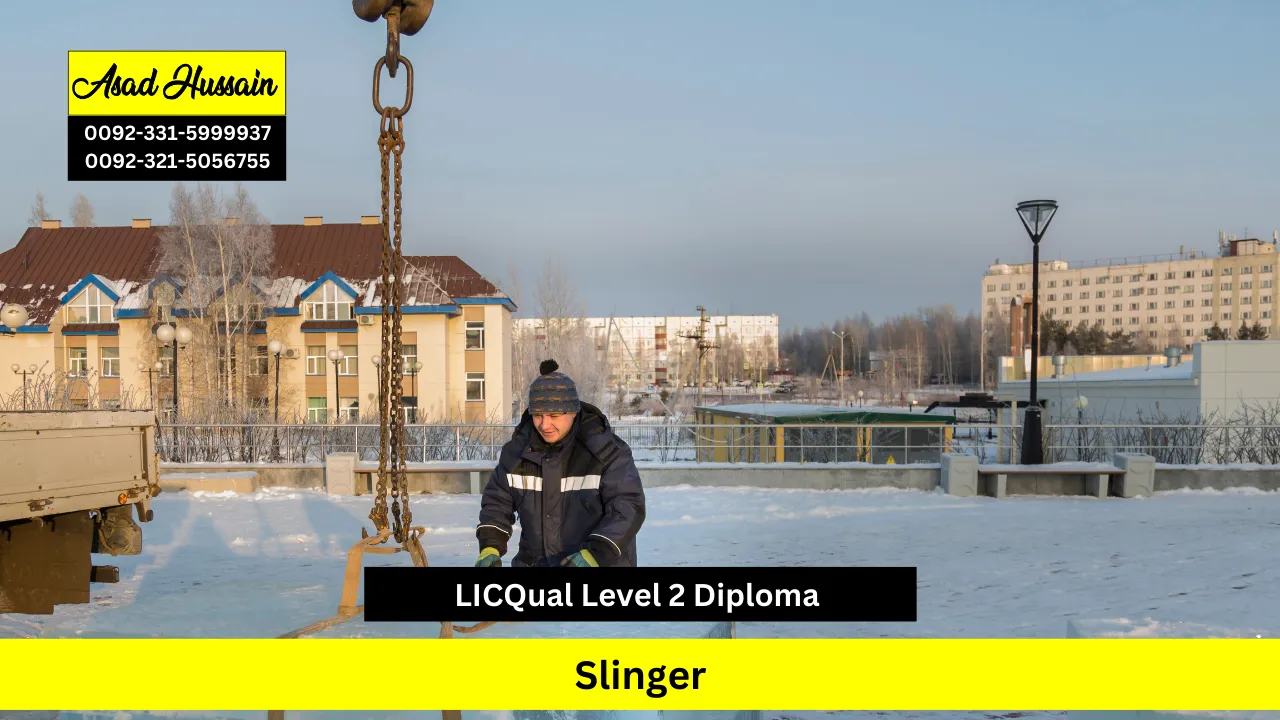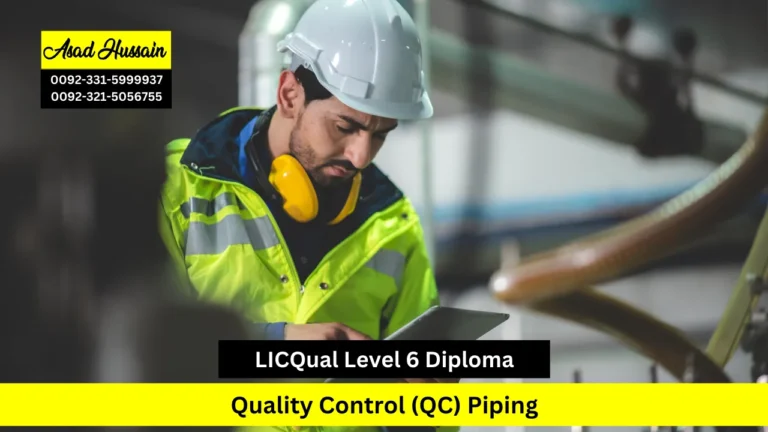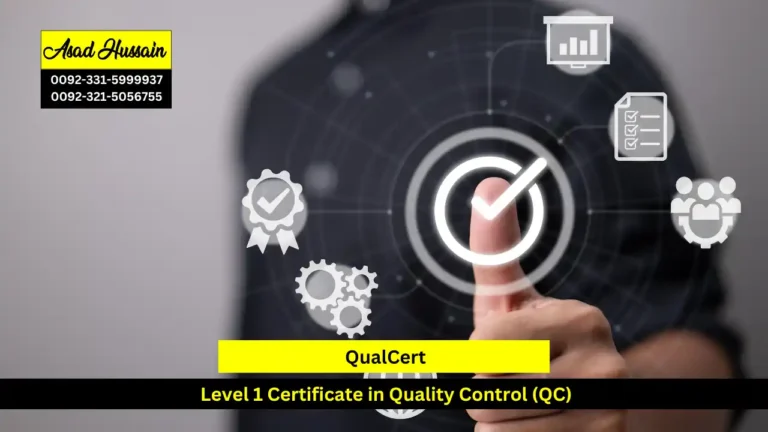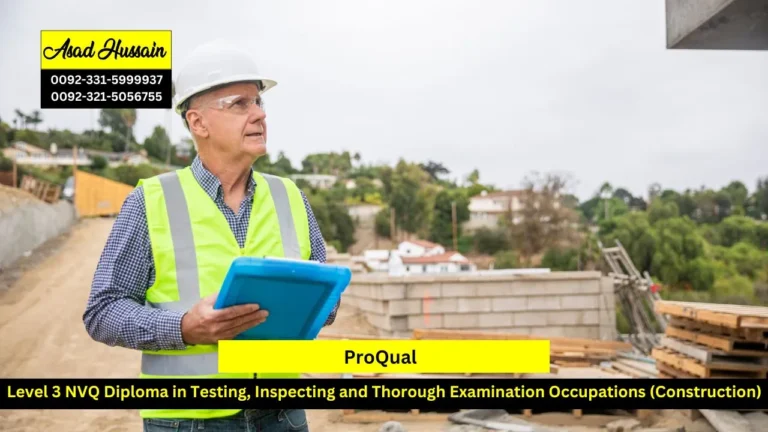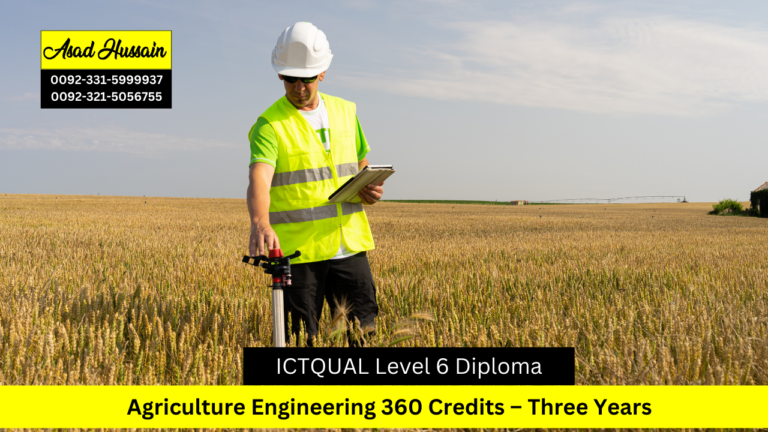The LICQual Level 2 Diploma in Slinger is a professional qualification designed to build on foundational skills and provide learners with advanced competencies in slinging, rigging, and load handling operations. In industries such as construction, logistics, manufacturing, and oil and gas, the ability to safely and efficiently direct loads is essential to maintaining operational safety and productivity.
The purpose of LICQual Level 2 Diploma in Slinger is to equip learners with in-depth knowledge and practical skills in safe load handling, advanced rigging techniques, equipment inspection, and risk management. Participants will gain expertise in planning and executing lifts under supervision while adhering to international health and safety standards.
Through a combination of theoretical instruction and practical exercises, learners will develop confidence in using lifting equipment, selecting appropriate rigging methods, and communicating effectively with operators and team members. The course emphasises operational safety, teamwork, and compliance, ensuring that graduates are prepared to perform their roles efficiently in real-world industrial environments.
Completing the LICQual Level 2 Diploma in Slinger prepares learners for career advancement, providing internationally recognised credentials and the skills needed to take on more responsible roles within lifting operations. The programme is suitable for individuals seeking to progress from entry-level positions or formalise existing practical experience.
Program Highlights
Mandatory Units
- Advanced Slinging and Signalling Techniques
- Risk Assessment for Lifting Operations
- Equipment Selection and Handling
- Load Stability and Weight Calculation
- Communication and Coordination with Operators
- Legal and Regulatory Requirements
The entry requirements for the LICQual Level 2 Diploma in Slinger ensure that learners are adequately prepared to engage with advanced content and practical training. These criteria maintain high safety and competency standards while remaining accessible to motivated learners seeking career progression.
Age Requirements
- Learners must be at least 18 years old at the time of enrolment.
Educational Requirements
- A Level 1 Slinger qualification or equivalent foundational knowledge in lifting operations is preferred.
- Learners should be able to read, write, and understand English at a functional level.
- Learners may consider the LICQual Level 1 Diploma in Slinger as a preparatory step to gain foundational skills before progressing to this Level 2 programme.
Professional Experience
- Previous experience in lifting operations, construction, or industrial settings is beneficial but not mandatory.
- Individuals with on-the-job experience in slinging roles are well-positioned to maximise learning outcomes.
English Language Proficiency
- Learners should demonstrate the ability to comprehend technical instructions, communicate effectively, and maintain accurate documentation.
- International learners may be required to provide proof of English proficiency, such as IELTS 6.0 or equivalent.
These entry requirements ensure that learners can fully benefit from the course, gain confidence in practical applications, and perform slinging operations safely and efficiently in professional industrial settings.
The LICQual Level 2 Diploma in Slinger provides learners with advanced knowledge and practical skills to perform slinging operations safely and efficiently. Upon completion, learners will be confident in managing complex lifting tasks, ensuring load stability, and maintaining compliance with safety regulations.
Advanced Slinging and Signalling Techniques
- Apply advanced slinging techniques for various types of loads and lifting scenarios.
- Demonstrate accurate use of hand signals and communication methods with crane operators.
- Implement best practices for securing and stabilising loads during lifts.
- Assess lift requirements and adjust slinging techniques accordingly.
- Integrate practical skills to ensure safe and efficient lifting operations.
Risk Assessment for Lifting Operations
- Conduct thorough risk assessments for lifting tasks in different environments.
- Identify hazards, evaluate risks, and implement appropriate control measures.
- Monitor and adjust operations to mitigate potential risks during lifts.
- Apply safety procedures to prevent accidents and injuries.
- Develop awareness of emergency response measures in lifting operations.
Equipment Selection and Handling
- Select appropriate lifting equipment, including slings, shackles, and hooks, for specific tasks.
- Inspect and handle equipment safely to maintain operational integrity.
- Recognise equipment limitations and hazards associated with improper use.
- Apply procedures for correct attachment and detachment of loads.
- Maintain records of equipment inspections and ensure compliance with standards.
Load Stability and Weight Calculation
- Assess load characteristics, including shape, weight, and center of gravity.
- Calculate weight distribution to ensure safe lifting operations.
- Implement measures to maintain load stability during lifting and transportation.
- Evaluate the impact of load movement on safety and operational efficiency.
- Apply practical techniques to prevent load imbalance and tipping.
Communication and Coordination with Operators
- Coordinate effectively with crane operators and team members during lifts.
- Use standard verbal and non-verbal communication to ensure safe operations.
- Interpret instructions accurately and relay information to the lifting team.
- Facilitate team briefings and debriefings to improve operational efficiency.
- Resolve minor communication challenges on-site to maintain safety standards.
Legal and Regulatory Requirements
- Understand legal frameworks and industry regulations governing lifting operations.
- Apply safety laws and organisational procedures in all slinging tasks.
- Maintain compliance with health and safety standards during lifts.
- Recognise the consequences of non-compliance for personnel and equipment.
- Integrate regulatory requirements into planning and execution of lifting operations.
Upon completion, learners will possess the technical, practical, and regulatory knowledge required to perform slinging operations safely, efficiently, and confidently, laying the foundation for progression to higher-level lifting qualifications.
The LICQual Level 2 Diploma in Slinger is suitable for learners aiming to enhance their practical skills and advance in lifting operations.
Industrial and Construction Workers
- Professionals involved in construction, logistics, or industrial lifting tasks.
- Individuals seeking to improve operational safety and efficiency in lifting operations.
Equipment Operators and Rigging Assistants
- Operators and assistants responsible for supporting lifts and handling loads.
- Learners aiming to formalise practical skills and gain internationally recognised credentials.
Health and Safety Enthusiasts
- Individuals interested in understanding and applying safety regulations in lifting operations.
- Learners aiming to minimise risks and improve workplace safety practices.
Career Progression Candidates
- Workers seeking to advance from Level 1 Slinger or entry-level roles to more responsible positions.
- Individuals preparing for Level 3 Diploma in Rigger and Slinging Operations or supervisory roles.
Team Members in Industrial Operations
- Members of lifting teams looking to enhance coordination and communication with operators.
- Individuals committed to achieving safety excellence and career growth in lifting operations.
The LICQual Level 2 Diploma in Slinger equips learners with advanced technical skills, safety awareness, and practical competence, providing a strong foundation for career progression in lifting and rigging operations.

